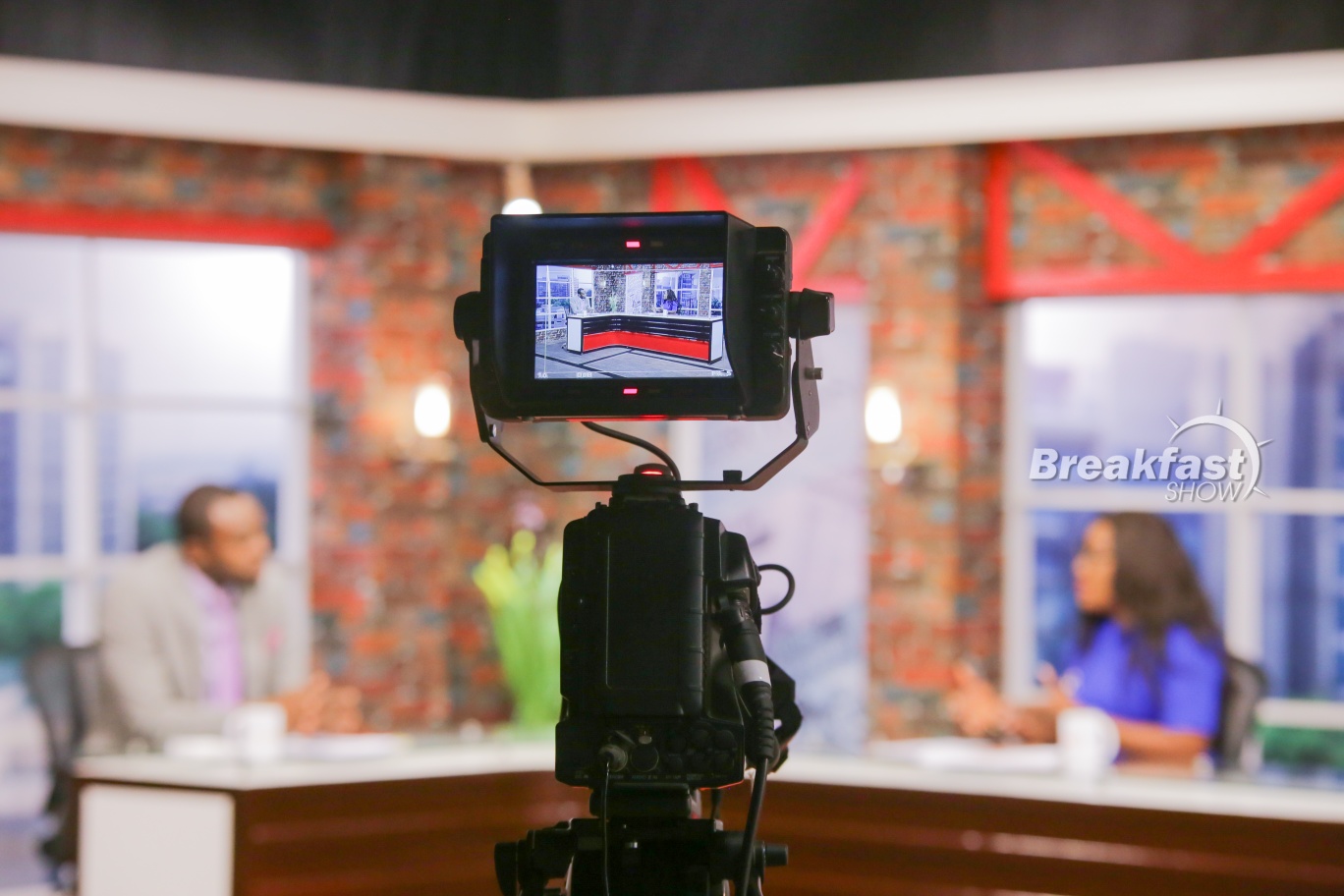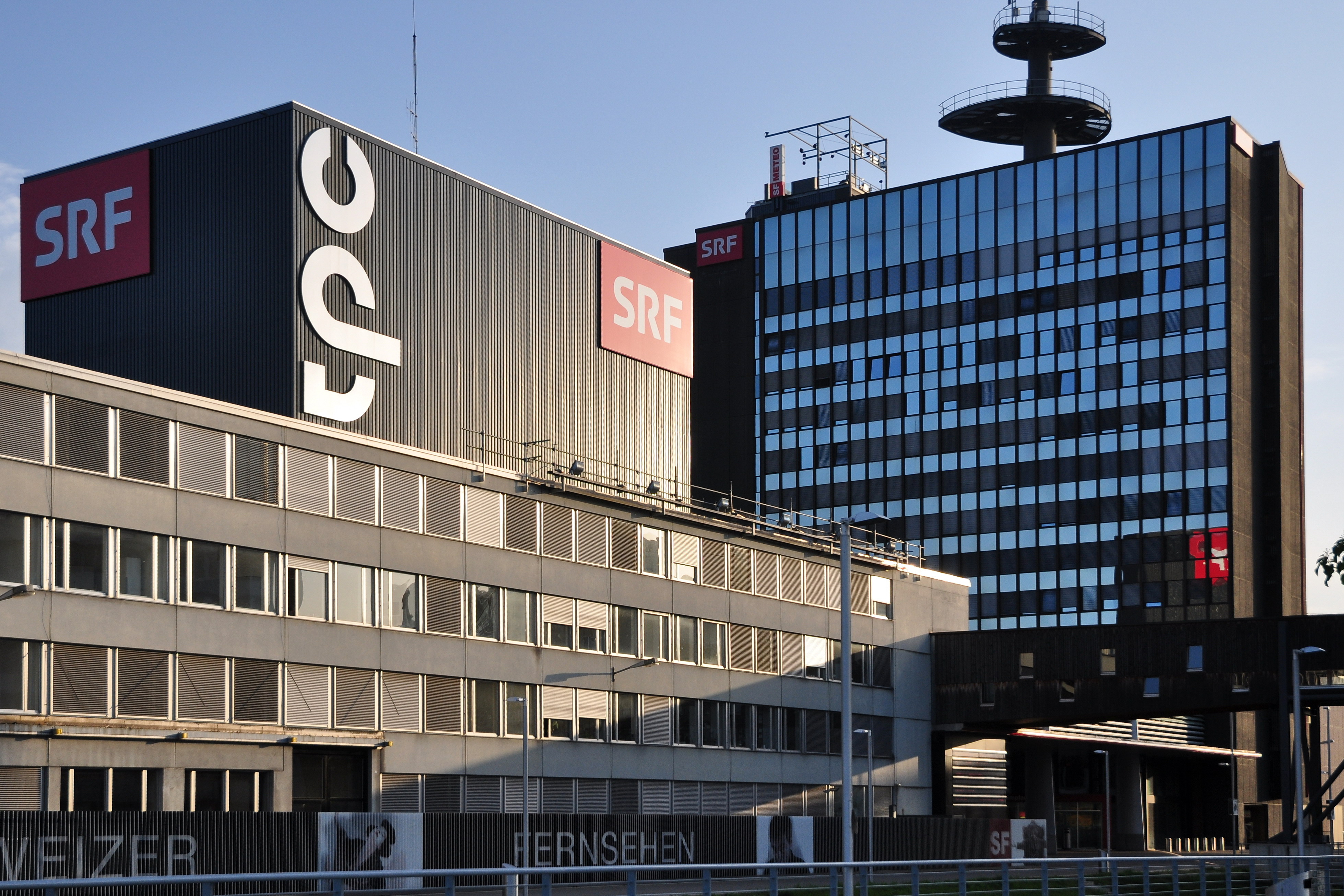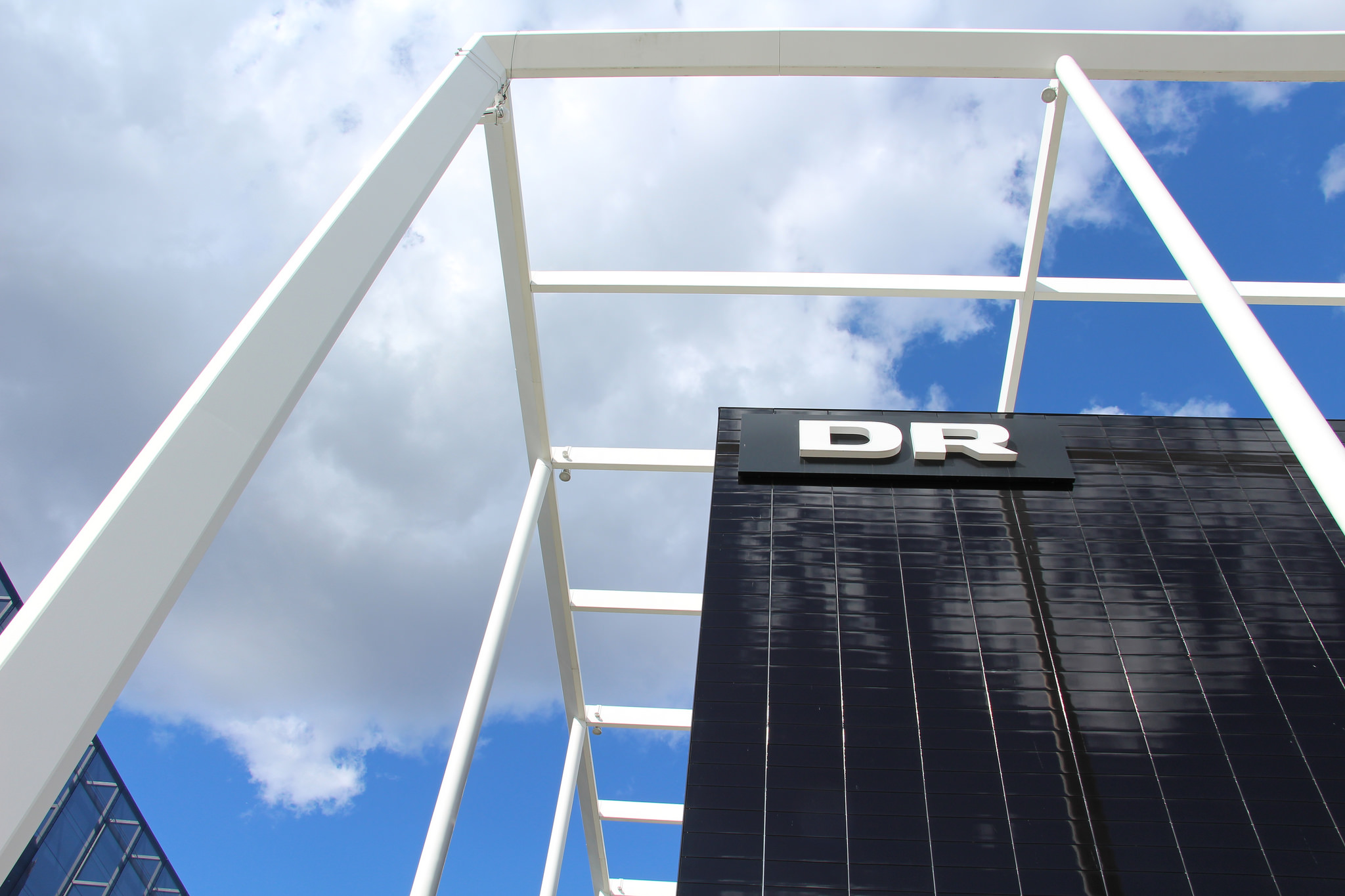Globally, a licence fee has remained a popular funding model for public service media (PSM). But with the funding model under threat, broadcasters are turning to other ideas.
By Desilon Daniels
From the early days of public broadcasting, the use of a licence fee has been the cornerstone of funding public radio and television. Around the world, the licence fee model has withstood changes to the market. Most notably, it has persisted through the transition from public broadcasting to public service media, where internet-enabled devices and digital technology have provided audiences with greater access to public media.
Across Europe, for instance, the licence fee model is overwhelmingly the main source of PSM funding, the European Broadcasting Union (EBU) said in an October 2021 report. The licence fee accounts for 60% of PSM funding across EBU’s area of 56 countries, with 25 EBU countries (44%) still having a licence fee in 2021.
According to the broadcasting union, more than 200 million households directly fund PSM. The EBU emphasised that adequate fees are linked to strongly performing PSM. “As the main contributor to public service media funding in Europe, the licence fee remains a guarantee for their independence and stability,” the EBU said.
Despite the implementation of a licence fee looking different from country to country, the model’s core principles remain the same: a licence fee provides a direct and accountable link between the public and public media, ensuring that public broadcasters abide by PSM values such as diversity, innovation, pluralism, and access. The link obligates public broadcasters to create high quality content that informs, entertains, and educates audiences and, importantly, better enables news and information to remain free from political and commercial influence and interference.
Read more: Ghana’s public broadcaster must find a ‘permanent’ funding solution
However, for some broadcasters, questions remain over the suitability of the licence fee in the digital age. Many organisations which currently use the funding model are facing significant financial strain. Additionally, the model itself is under increased threat. For example, there have been blocks to licence fee increases in Germany; high rates of licence fee evasion in South Africa; and questions about the relevance of PSM in the digital age in South Korea. Even the BBC, often hailed as the role model of public broadcasting and one of the most successful cases of the implementation of a licence fee, has also had its funding model threatened with possible abolition. The fee, however, remains the “preferred option” to fund the BBC until 2038.
It must be emphasised, however, that the licence fee model is not the only way PSM is funded, and many opt for financing through different means. RTVE in Spain, for example, is already funded through a tax levied on telecommunication operators and is considering a new model that taxes streaming platforms such as Netflix, HBO Max, and Amazon Prime Video. It is possible for public broadcasters to attain sustainable and stable funding that fulfils their remits through other approaches, such as from federal or mixed sources.
But moving away from a licence fee model poses certain risks, such as the loss of a strong, direct link to the public. It also requires significant and rigorous checks and balances to maintain a non-licence fee public broadcaster’s independence and accountability. Even so, within the past year, more broadcasters have considered moving away from a traditional licence fee to other models of public funding, while others are looking to update their non-licence fee models.
Below, we explore the considerations of three public broadcasters.
Ghana Broadcasting Corporation (GBC) – Public media tax
In October, Director General of the GBC, Professor Amin Alhassan, called for a change of the broadcaster’s funding model from a licence fee to a public media tax. Speaking at a government-organised forum, Professor Alhassan said that GBC’s funding model needed to be addressed immediately to avoid the broadcaster being forced to run as a commercial entity to keep up with the market demands. He emphasised that it was important that GBC maintained its public media mandate rather than focus on competing with private media for advertising to remain operational. GBC has also struggled with low licence fee collection rates.
“Any democracy that Ghana is aspiring to look like, they have a clear commitment of valued public service broadcasting as part of the media mix of their democracy because research has consistently demonstrated that when it comes to reliability, truth and confidence in the media, public service across the world stand out,” Professor Alhassan said.
One of Professor Alhassan’s hope is that stable funding will allow GBC to better meet its diversity mandate. ”Public service broadcast is defined by diversity of content, that’s why we keep on thinking of increasing the number of languages. Ghana has 56 [but] we are not even up to half of it,” the GBC Director General said. “The second definition of public service broadcast is universality. We must reach out to all. Sometimes we are forced to shut down some of our stations in some districts because of [a lack of electricity due to the non-payment of bills].”
While Professor Alhassan did not elaborate on what the public media tax would look like in Ghana’s context, there are other examples of PSM funding through taxation. Notably, all Nordic countries have chosen to replace the licence fee with a tax model over the past decade. But implementation varies. In Sweden, for instance, the fee is collected via the “tax slip” which charges 1% of the taxable earned income of anyone over the age of 18, up to SEK 1,300 per person annually. In contrast, in Norway – the most recent Nordic country to transition away from a licence fee – the tax is payable by anyone aged 17 and above, is income-related, and is financed by a reduction of the basic deduction.
South Africa Broadcasting Corporation (SABC) – Household levy
In recent years, SABC has experienced significant financial troubles, including a debt crisis that saw a cut in staff and the shutdown of offices. Its troubles have been worsened by dismally low licence fee collection rates, which have jeopardised its sustainability and viability. In response to its financial challenges, the public broadcaster in September called for a household levy to replace its licence fee as a way to recover and stabilise its funding. The call came months after Cabinet approved a draft SABC Bill that sought to “strengthen the efficiency of the operations of the public broadcaster”, including its finance. But the bill continued with a licence fee funding model.
In submissions to the Department of Communications, SABC expressed its dissatisfaction with several elements of the draft bill and urged a transition from the licence fee model. The current licence fee model mandates that any individual or entity that owns and/or uses a television set must pay an annual fee. In contrast, the household levy proposes that a fee be paid based on the possible usage – rather than actual usage – of SABC’s services. This model considers digital technology such as laptops and mobile phones that audiences can use to access SABC content from anywhere. SABC also called for MultiChoice, a South African subscription broadcaster, to collect the proposed household levy from its own subscribers on the public broadcaster’s behalf. MultiChoice has since indicated its opposition to its proposed role as household levy collector.
“Unfortunately, the SABC Bill retains the outdated TV licence system and does not take into account the SABC’s view that it should be replaced by a technology neutral, public broadcasting household levy that would exempt the indigent and should be part-collected by the dominant pay TV operator,” SABC said.
A household levy to fund PSM exists in Germany for its public broadcasters ZDF, ARD, and Deutschlandradio. Since 2013, every German household has been legally required to pay a monthly fee to support public radio and television, regardless of whether the household has a radio, television, or internet-capable device. The household fee collects approximately €8 billion annually from 45 million homes. Before its 2013 introduction, the fee was charged based on the number of devices per household.
Raidió Teilifís Éireann (RTÉ) – Exchequer funding
After years of calls for reforms to RTÉ licence fee model, there has been a recommendation for alternatively funding the public broadcaster through the exchequer.
“The crisis is existential. … funding will have to be secured via a long-term reform of the licence fee.”
RTÉ is currently largely funded through a licence fee that requires every household, institution, or business that has a television set to pay the annual fee of €160. RTÉ receives about €200 million annually in licence fee income. However, the broadcaster has long called for changes to the licence fee system, saying that a failure to implement changes could result in service reductions and a decline in relevance and financial sustainability. Its financial issues are compounded by licence fee evasion costs which amount to €50 million a year. In June, RTÉ announced that, as part of a €60 million three-year retrenchment strategy, it would cut €1.5 million from its news and current affairs budget. In August, a report commissioned by the Broadcasting Authority of Ireland noted that RTÉ was facing an “existential” financial crisis that could require extreme restructuring.
“For RTÉ, the crisis is existential. If Ireland is to continue to have an indigenous public-service broadcasting ecology, with a sustainable commitment to news, Irish original content and genre diversity for multiple audiences, funding will have to be secured via a long-term reform of the licence fee and a short-term lifeline in the interim,” the report said.
The recommendation for the replacement of the licence fee by exchequer funding was put forward in October by the Future of Media Commission – a body set up in September 2020 by the Irish government to examine the future of the country’s media. Ireland’s exchequer comprises the Central Fund, the main treasury account of the central government. But senior government officials are said to be opposed to the exchequer “taking on the burden of funding RTÉ”, The Irish Times reported.
The new recommendation for exchequer funding comes after another model – a “broadcasting levy” – was set to be introduced from 2024 as a replacement to the licence fee. This charge would be tied to a household rather than to a television set to capture the estimated 10% of households that watch TV on phones or laptops. The Irish Times reports that there is speculation that this proposed levy would be revived. But there are concerns over widespread public opposition to such a charge.
Header image: Broadcasting fee form money and bank form with new amount from October 2021. Credit: AlexBuess / Shutterstock.com
Related Posts
8th September 2021
Ghana’s public broadcaster must find a ‘permanent’ funding solution
Ghana Broadcasting Corporation needs a…
19th June 2021
Irish Media Commission considers alternative funding for public media
The Future of Media Commission is…



